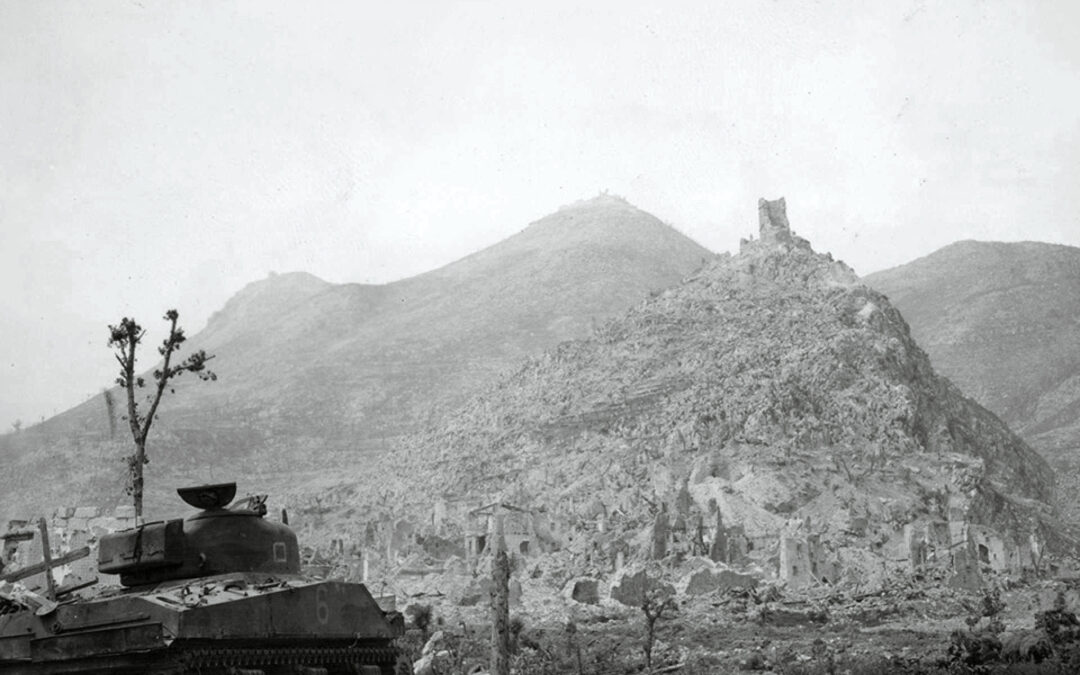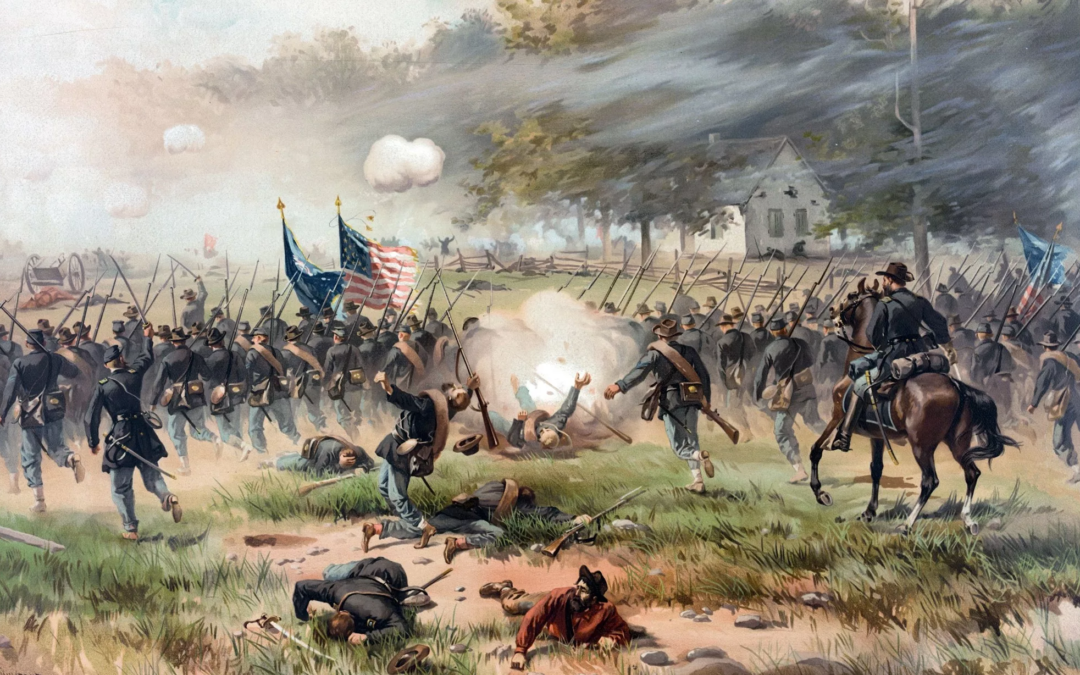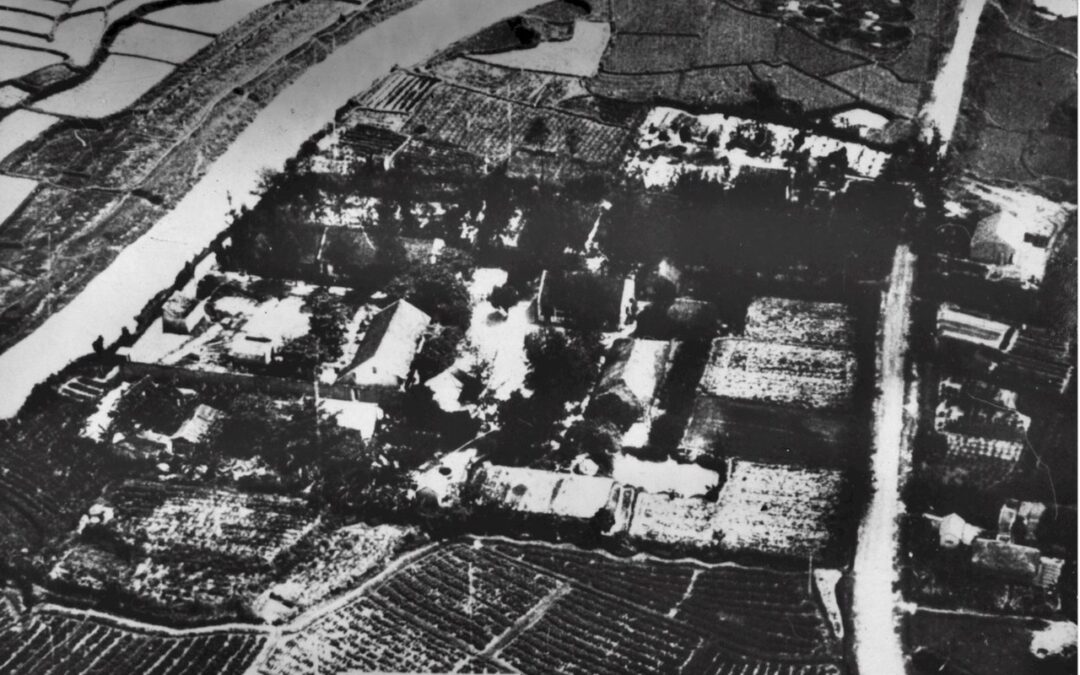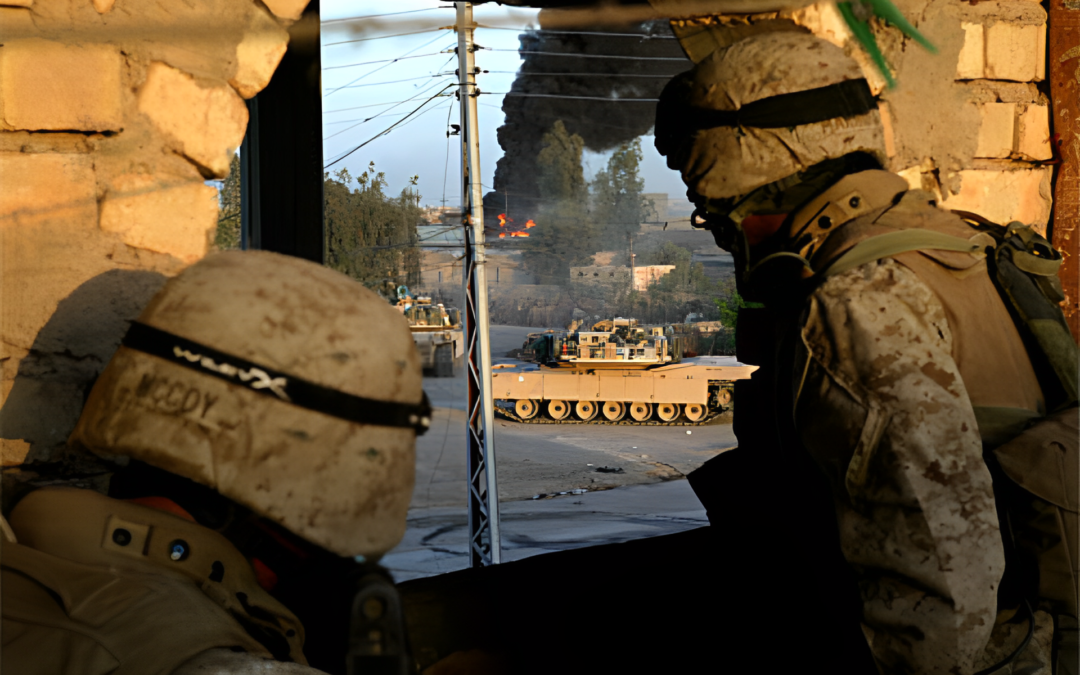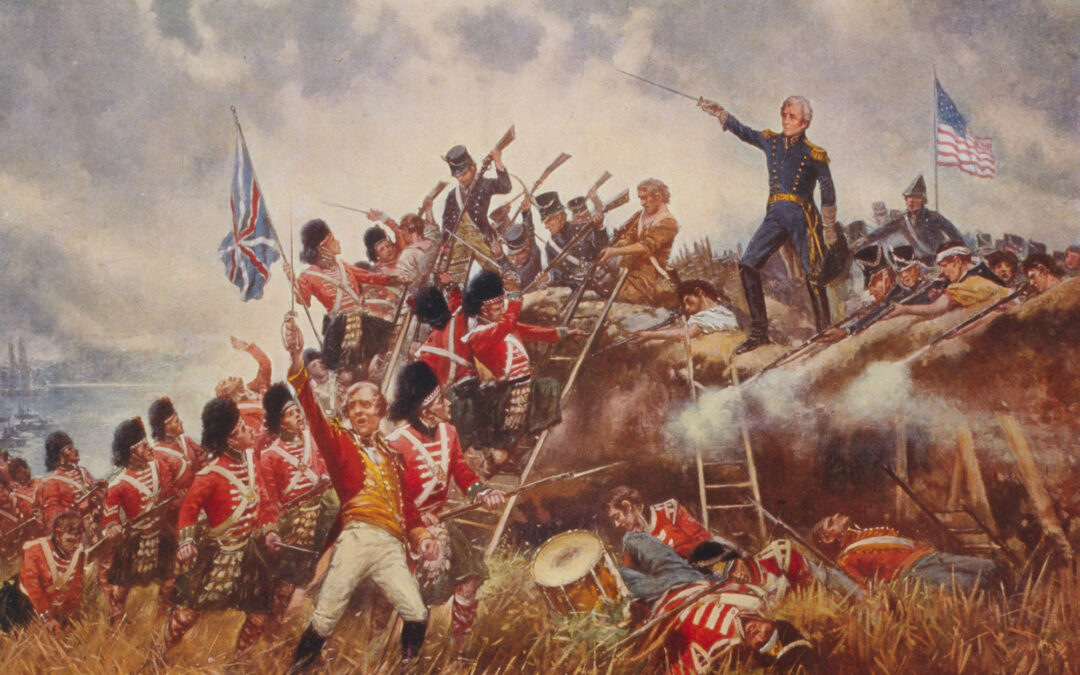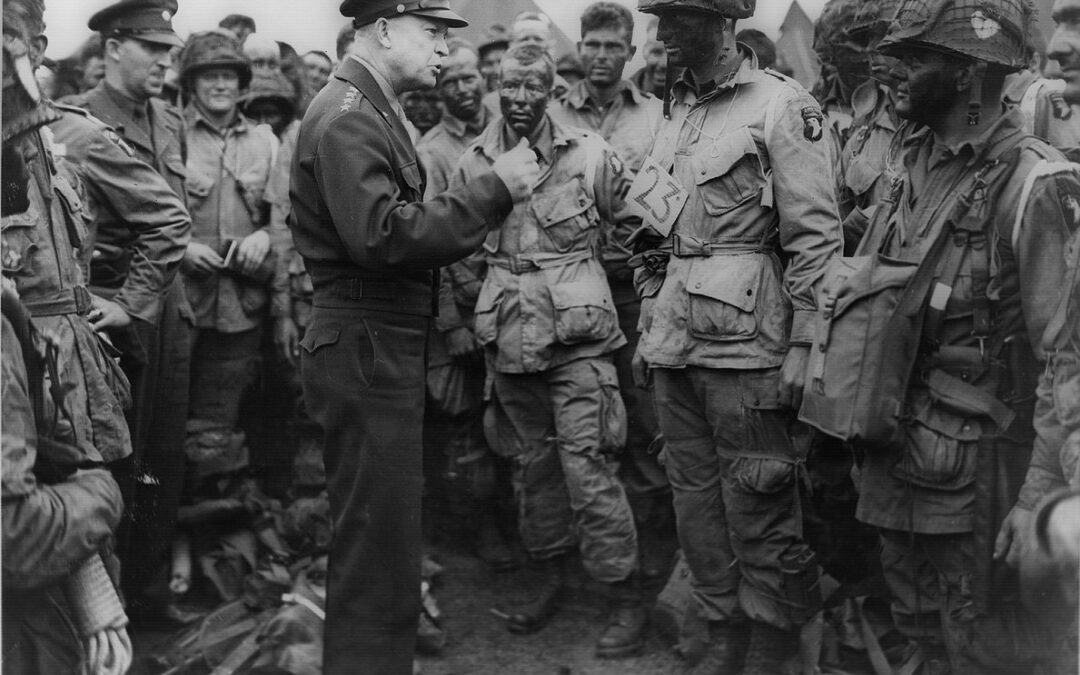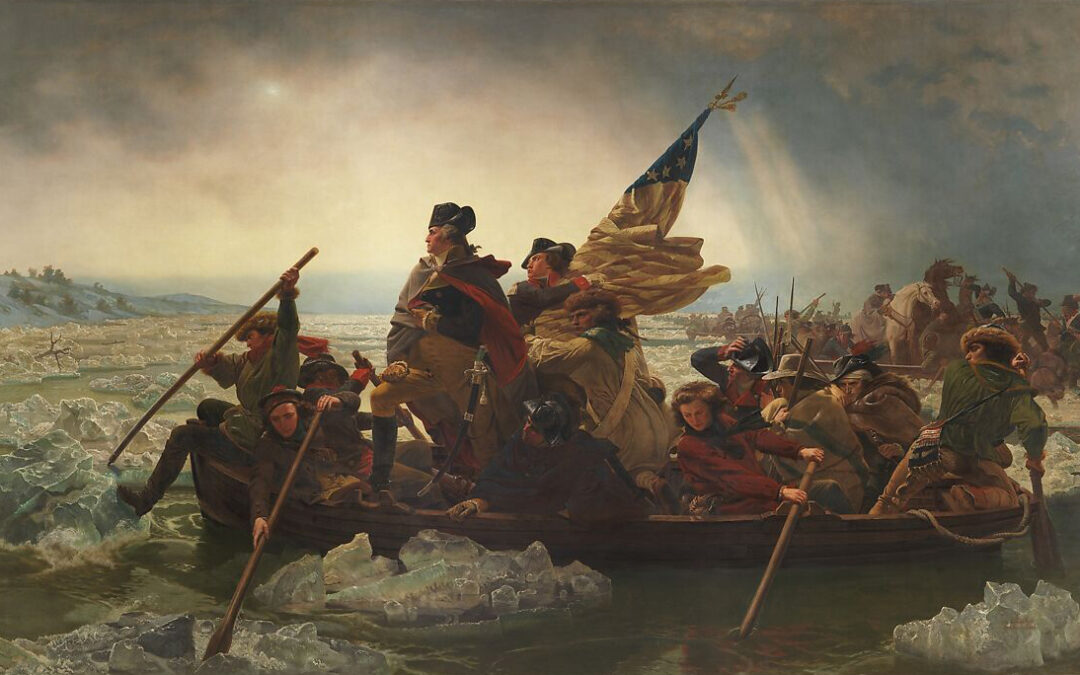Allied forces landed in the Italian peninsula in September 1943. The Apennine Mountains divided the peninsula, and Allied troops split and advanced on both sides. They took control of Naples and continued the push towards Rome. Monte Cassino was the gateway to Rome. It towered above the city and provided unobstructed views. German troops occupied lookouts on the hillside but agreed to stay out of the abbey because of its historical importance. The precious manuscripts and antiquities housed in the abbey had been removed to Vatican City for safekeeping (although some works of art were stolen by German troops and transported north). The First Phase of The Battle of Monte Cassino The first phase of the operation began on January 17 with an Allied attack on German positions. Thomas E. McCall, a farm boy from Indiana, found himself in the crosshairs of the battle of Monte Cassino. On January 22, 1944, during heavy fighting, he was accidentally struck by friendly fire. After all his men...
